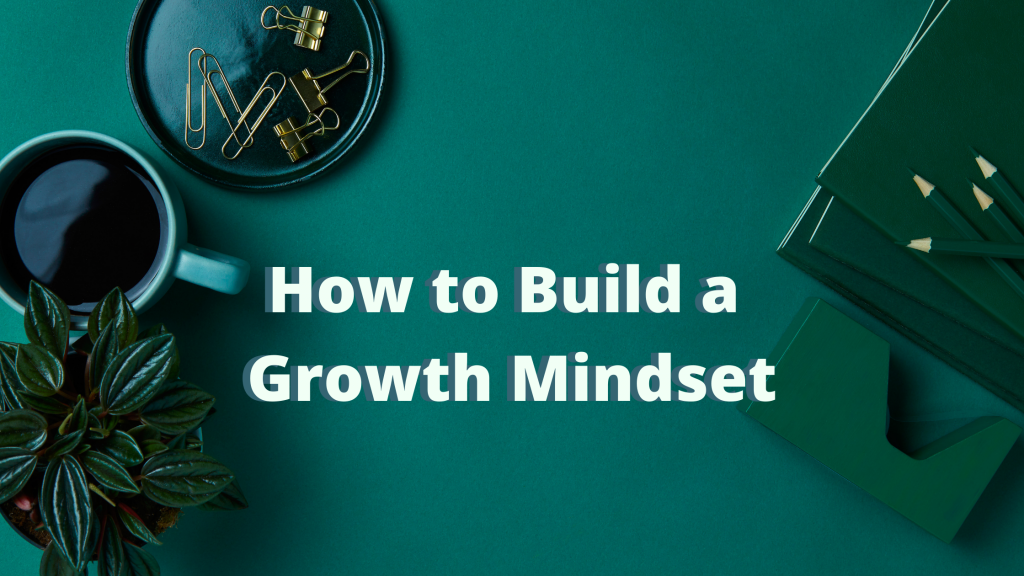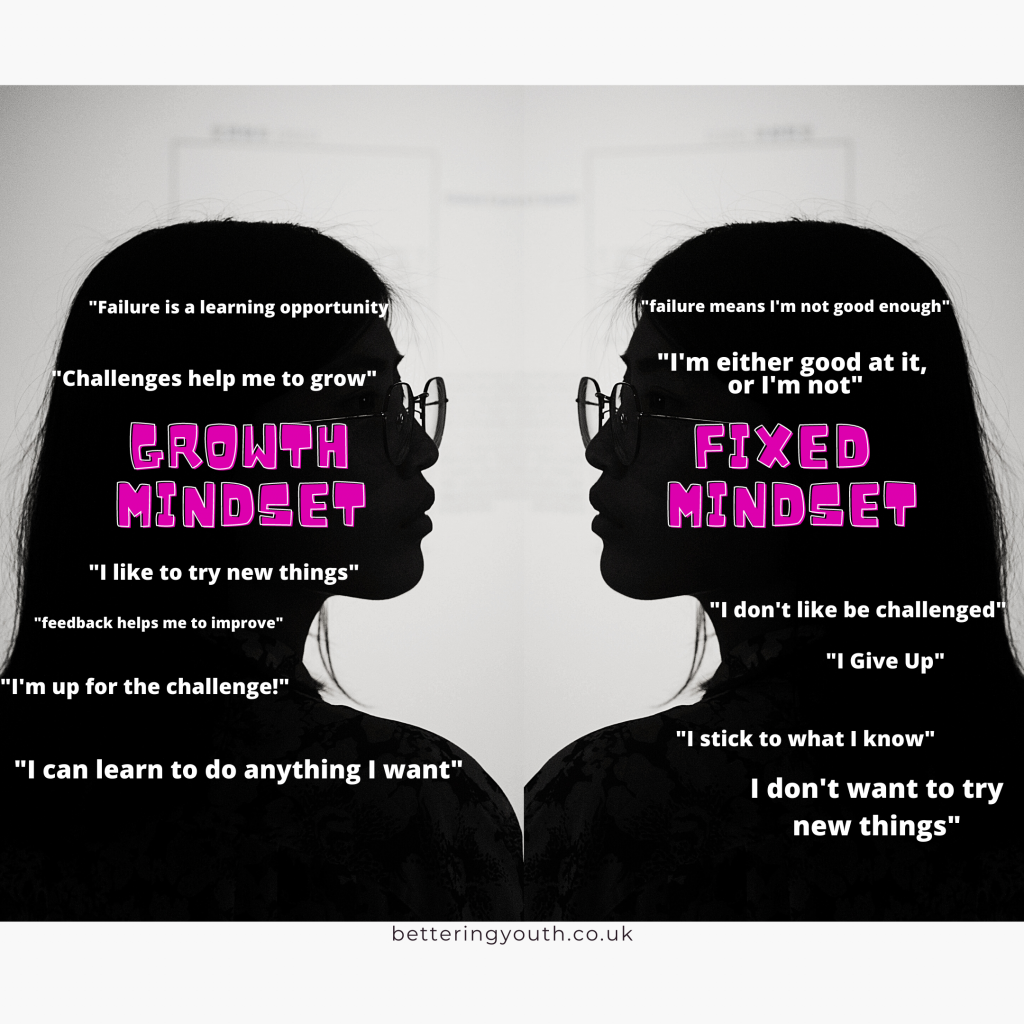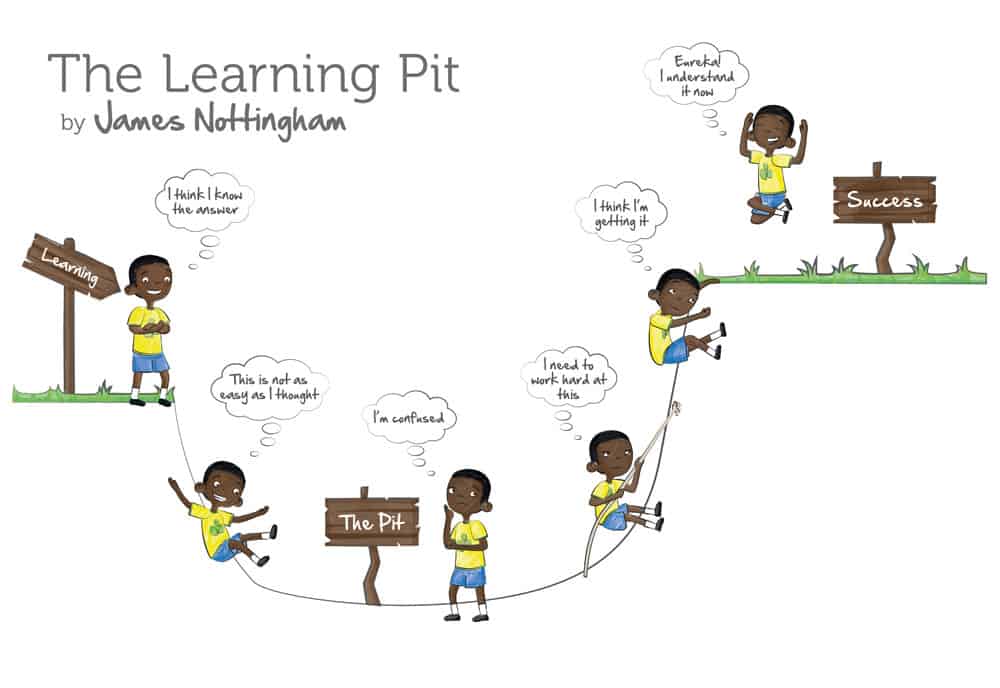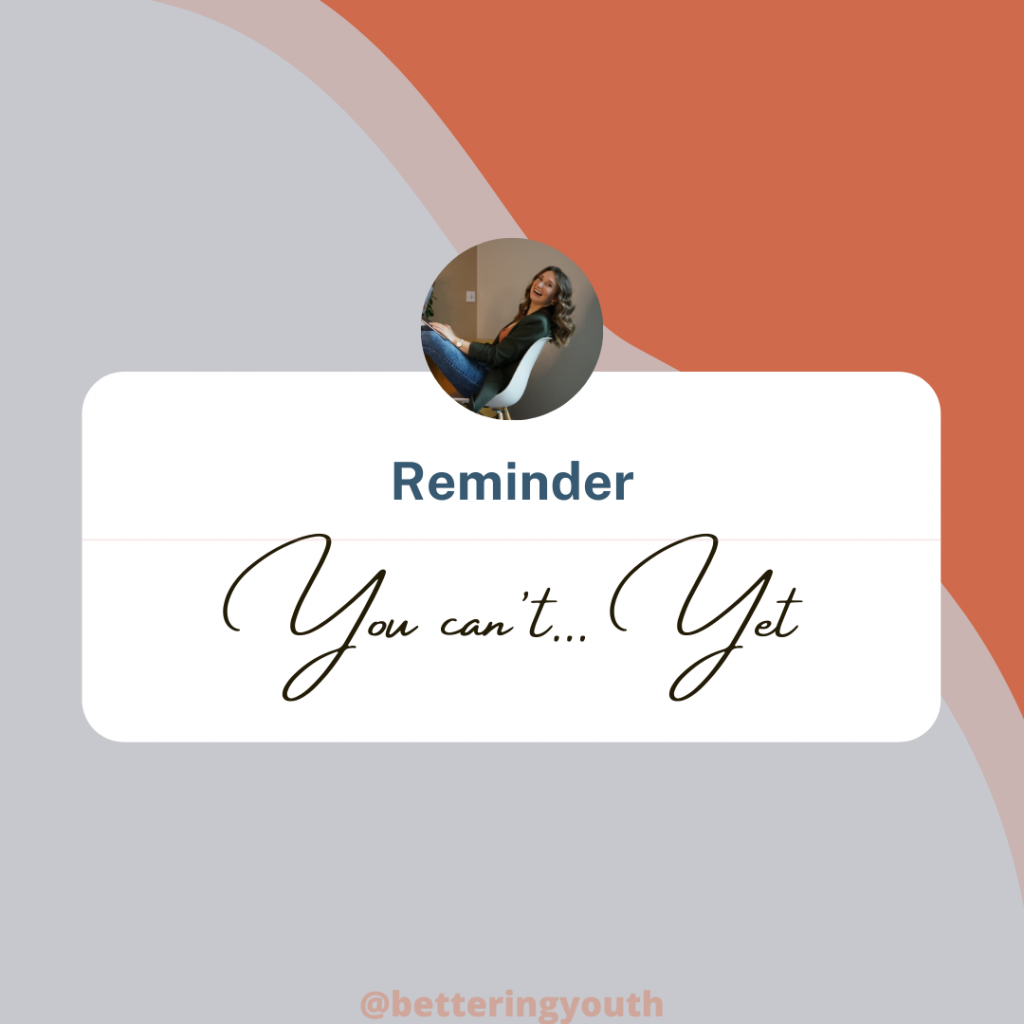Are you tired of hearing “I don’t know” from your child? Many parents reach out to Bettering Youth tutors because their child seems to ‘not get it’ and has ‘switched off’. This lack of Growth Mindset can impede their ability to learn and succeed so we want to prevent these ‘I don’t Knows’ from becoming a staple in their vocabulary.
Is this your child?
After a few lessons with our educators, most children begin to improve their mindset, and parents can see and hear the impact when tackling challenges.
Check out our raving fans here!
In this article, we will share the top ways to build a growth mindset and help your child succeed above and beyond the classroom.
Let’s dive in.

In this Growth Mindset guide, we will cover the following topics:
- What is a growth mindset
- Growth mindset vs fixed mindset
- Why building a growth mindset is so important
- Growth mindset in children
By the end of this article, you should have answers to all your questions about supporting your child’s confidence in the classroom and beyond.
What is a Growth Mindset?
Carol Dweck, an American Psychologist, brought the idea of a growth mindset forward in 2006. The main premise is that there are two types of mindsets. One that is fluid and will approach new problems keen to overcome them. The other is static and believes that if they can’t do it from the beginning, they never will.
Dweck has proposed that our mindset, and how we train our brain to approach new situations, is a better identifier for success than ability.
“Individuals who believe their talents can be developed (through hard work, good strategies, and input from others) have a growth mindset. They tend to achieve more than those with a more fixed mindset.” Carol Dweck, Harvard Business Review, 2016.
Its introduction has greatly rocked the boat. No more can we say “I wasn’t born able to draw” or “It’s not in my genes to like heights”.
Both of which are examples of the static mindset.
Instead, when building a growth mindset, focus on the ability to learn, adapt and grow. Encourage the process, praise the effort, notice the growth.
Growth Mindset vs Fixed Mindset
The biggest difference between a growth mindset and a fixed mindset is the idea of the permanence of ability and talent. (Ackerman, Positive Psychology, 2020)
A growth mindset is when you believe that with the right supports, efforts, and strategies in place, you can achieve new things. You spend more energy in the learning process. You also feel like obstacles are there to help you learn and grow.
A fixed mindset is when you believe that you were born with a certain skillset and that is all you have. You do not try new things with an open mind. You’re born with talents and can’t learn to do things outside of them. You spend a lot of time and energy focusing on what you can’t do.

Which mindset am I?
I agree, it’s interesting to reflect back upon the previous obstacles and see if you were willing to roll up your sleeves and dive in so as to feel good that you have a growth mindset.
Before you do that though, let me caution that a growth (or fixed mindset) is never an all or nothing state.
We need to constantly encourage ourselves to stay in a state of growth mindset.
While the benefits of having a growth mindset are desirable, Dweck warns about three misconceptions:
- Noone simply ‘has’ a growth mindset at all times.
- Telling yourself and others you can accomplish something does not mean you will.
- A growth mindset is simply about praising and rewarding effort.
A growth mindset takes consistent effort as we all have fixed mindset triggers.
Why is Building a Growth Mindset so Important?
The key word here is building.
Already, by encouraging you to develop a growth mindset, I am taking you out of your fixed mindset.
But as mentioned, this takes consistent effort.
Therefore we must work to build the grit and resilience to stay in something even when it gets tough.
This is not only true in working with our mindset, approaching challenging maths problems, but also true of the real world.
You want the absolute best for your child.
You may already be telling your child that they can “do anything and be anything”.
Therefore the most important thing we can support them with is building the grit and resilience it takes to stay open to the learning process and confident in their ability to grow.
Learn more about teaching grit and resilience in our blog about The Learning Pit.

The most successful and influential people did not reach the heights of their careers because they just accepted where they were and gave up when things got tough.
How to Build a Growth Mindset in Children
In my years as a classroom teacher the terms ‘growth mindset’ and ‘resilience’ were just gaining popularity. We had seminars and trainings on how to best build this flexible mindset with our students.
I don’t think we need seminars and trainings to know how to encourage a growth mindset in children.
Most of them already have it.
Atleast they do when they are young.
You remember those constant “why” questions, the infinite amount of stories and ideas they would share, the hours that could be spent observing a caterpillar or the clouds. When we are young, we are naturally inquisitive and weightless to our later perceived shortcomings.
Somewhere between the transition to KS2 and the pressures of exams and trying to find their self-identity through highschool do they tend to feel less capable.
Our job is not to teach it to them, but rather help them recognise that it was already there, and provide the space to rebuild it.


Four Ways to Build a Growth Mindset
These are 4 of my favourite ways that have worked wonders through my time as an educator and professional tutor. There are undoubtedly more ways
Highlighting the power of words
One of the simplest ways to support your child in rebuilding their growth mindset and belief in their ability to learn is to highlight the power of words. Teach your child that the brain is constantly looking for what we are internally focused on.
When you decide you want something, let’s say a specific car model, your brain starts to allow this to enter your conscious brain more. As a result, you see it more often. Once you buy the car, it feels like you are surrounded by cars just like yours.
This is because the brain has to constantly filter information to avoid overwhelming us. But once we start putting energy and thought into an idea, for better or for worse, our brain works to bring it forward.
This is called the baader-meinhof phenomenon. It works the same way when we think we can or can’t do something. It creates the loop in our brain.
Therefore the best way to support your child in rebuilding growth mindset is to help them change their language from can’t to can’t yet; or ‘I have never been able to‘ to ‘I am going to work on’. This allows room for progress and highlights the process.
For more tips on boosting confidence in Maths, view this blog!

Encourage questions
Questions highlight the learning journey and encourage predictions and reflections. The entire process of asking questions helps us to see that we can learn new things every day.
The best way to encourage a practise is to model it yourself.
While driving to school wonder outloud what kind of clouds are in the sky. Comment about how you think they are one type and then before the child leaves the vehicle, check together. If you’re right, self praise about looking it up. If you’re wrong, highlight the new learning.
These seemingly simple displays of curiosity and being open to learning is more powerful than you think. While your child may not engage with you out-loud at first, it is in human nature to mirror those we are close to.
Before long your child will start to question and observe the world around them with an eagerness to learn.
For students struggling with comprehension, this blog about asking questions will be helpful!

Reframe failure
To reframe failure is not to get rid of it altogether. This would be counterproductive. Your child should and needs to fail. From these failures we can teach the power of resilience, grit, learning and ambition.
One of the best practises I’ve seen in the classroom and in the home is the Friday Failure Talks.
These talks are where failures from the previous week are shared with the group. The individual sharing explains how they failed, what they learned and how they intend to move forward. It is also a great opportunity for them to ask for help or guidance.
These Friday Failure Talks are an incredible tool that, if done in a calm, respectful and open manner, can truly shift the view from the failure to the next steps.
Boost confidence
Somewhere between middle school and highschool children become very aware of themselves and their place amongst their peers. This is when they tend to lose confidence.
Confidence is not a fixed state. It’s something that can and should be taught and modelled.
There are so many different ways to boost confidence. It really depends on your child. You can praise their actions and efforts, introduce them to mantras, or encourage them to reflect upon their strengths.
The most critical thing here is that you provide them scaffolded (layered) opportunities to build their confidence. From walking to school, to going in to a shop to buy something independently, to cooking or doing homework. These are all small steps that will compound over time and help them feel more independent and in control.
Another great way to boost confidence is through body language. Amy Cuddy does a great job at expressing this in the Ted Talk.
We hope this article helped you learn how to easily help your child build a growth mindset. You may also want to see our guide on supporting reluctant readers to boost your child’s reading, and our blog on How to Build Confidence in Maths.
If you liked this article, then please subscribe to our Monthly Newsletter, where we share more hidden gems and resources. You can also find us on Instagram and Facebook.
Save this post for later

About the Bettering Youth team
Editorial Staff at Bettering Youth is a team of academic and emotional wellbeing experts led by Sarahlynn Hodder. Trusted by over 1.3 thousand families worldwide.

Pingback: Bring Fractions to Life - 13 effective Suggestions - Bettering Youth
Pingback: 6 Powerful Steps to Support Reluctant and Struggling Readers - Bettering Youth
Pingback: How to Teach Algebra in Middle School - Bettering Youth
Pingback: The Eleven Plus (11+) guide: Where to Start in Preparing for Entrance School Exams - Bettering Youth
Pingback: Teach Emotional Intelligence to Children with these 30 Powerful Activities